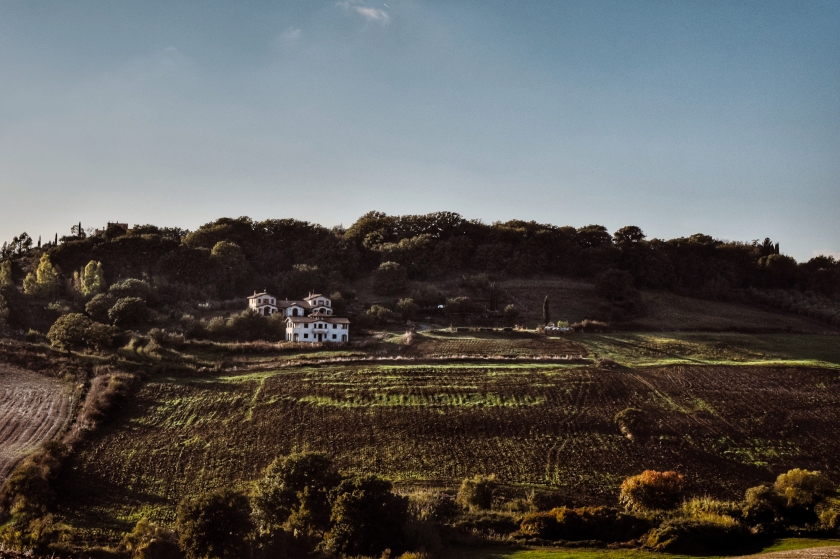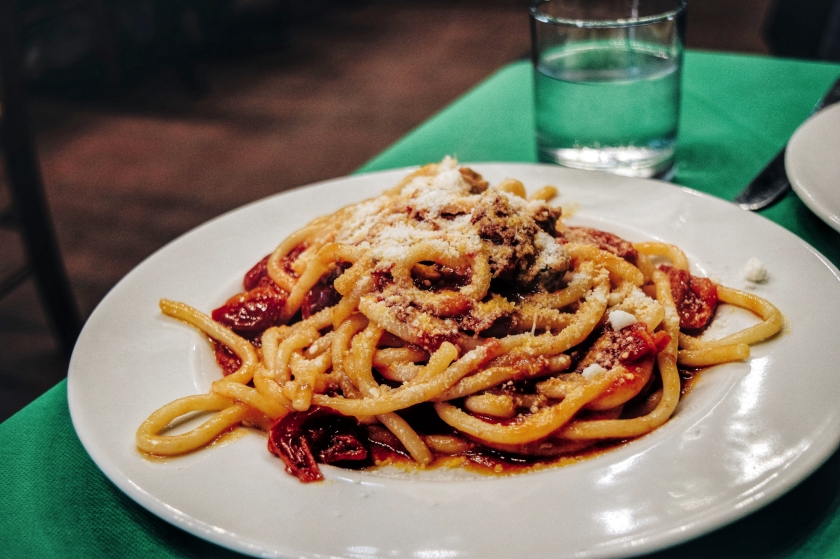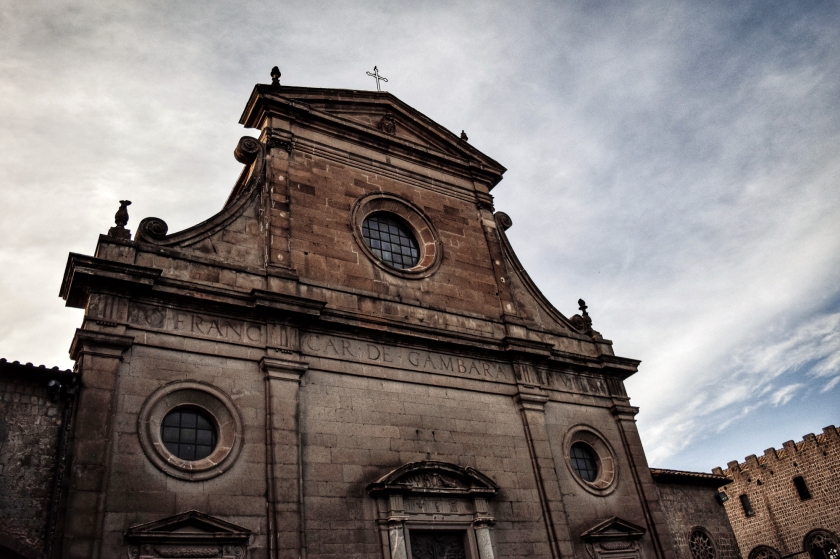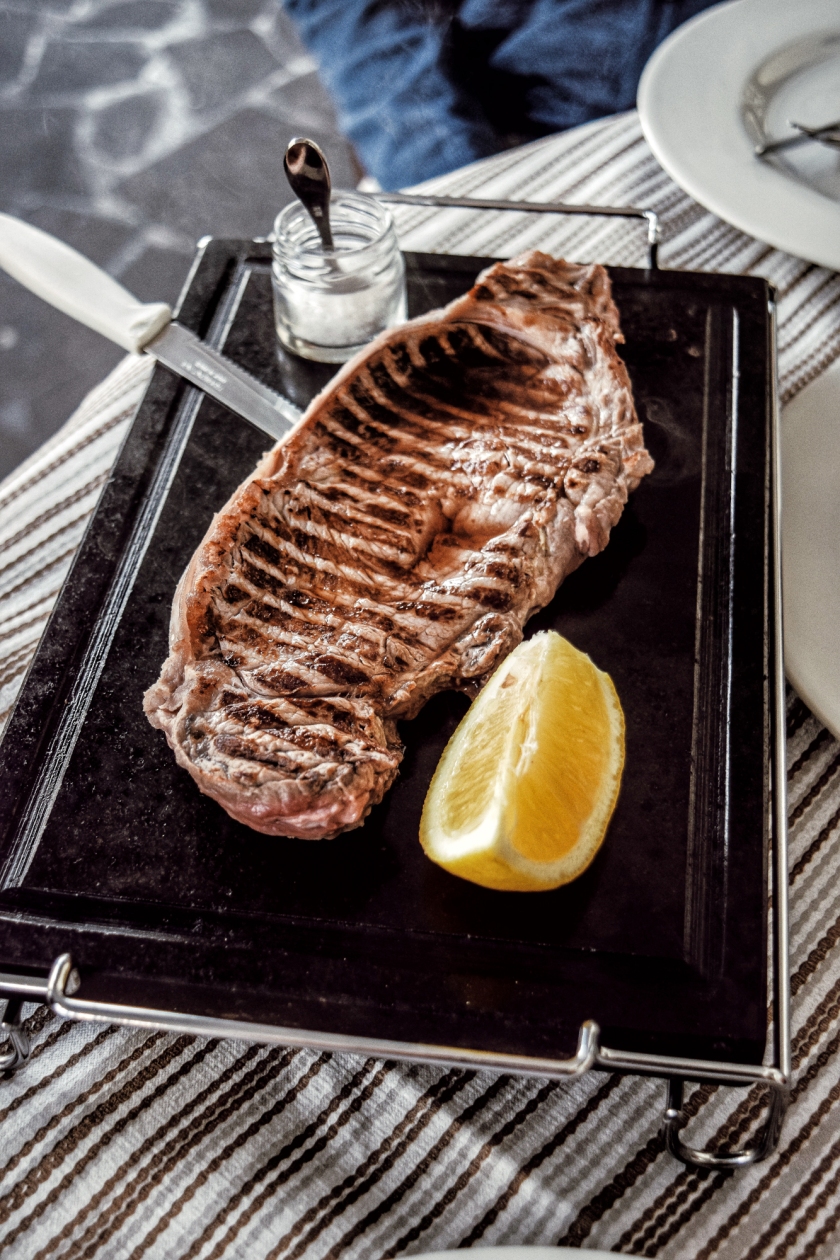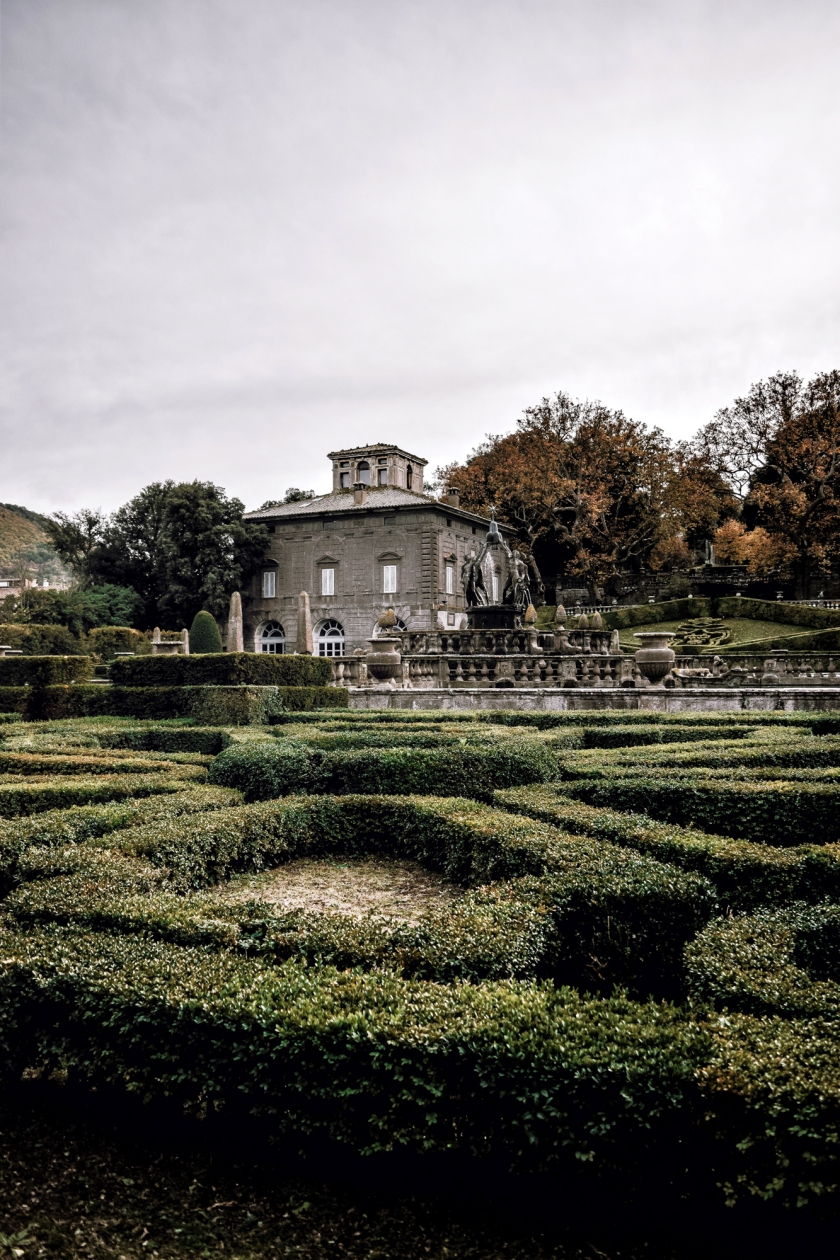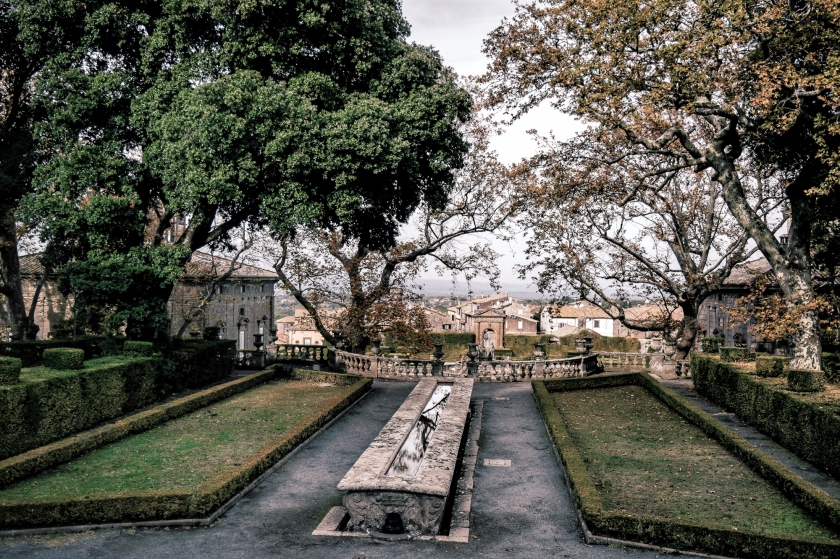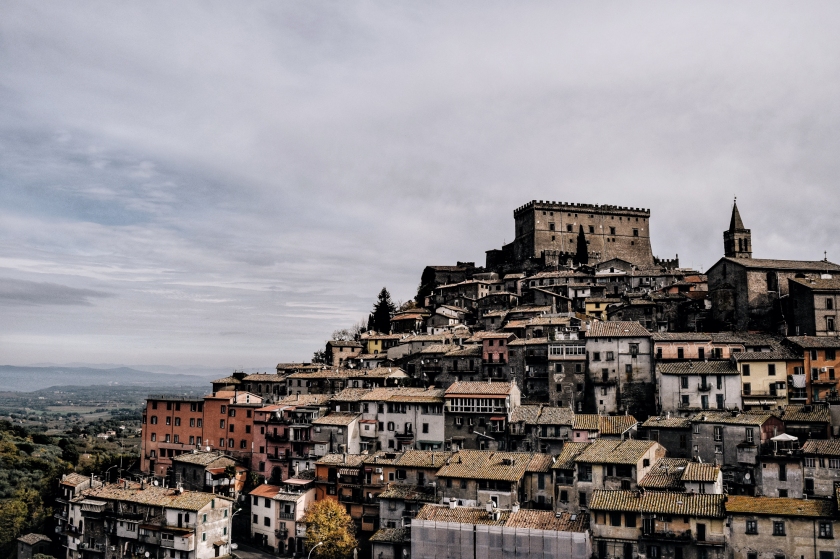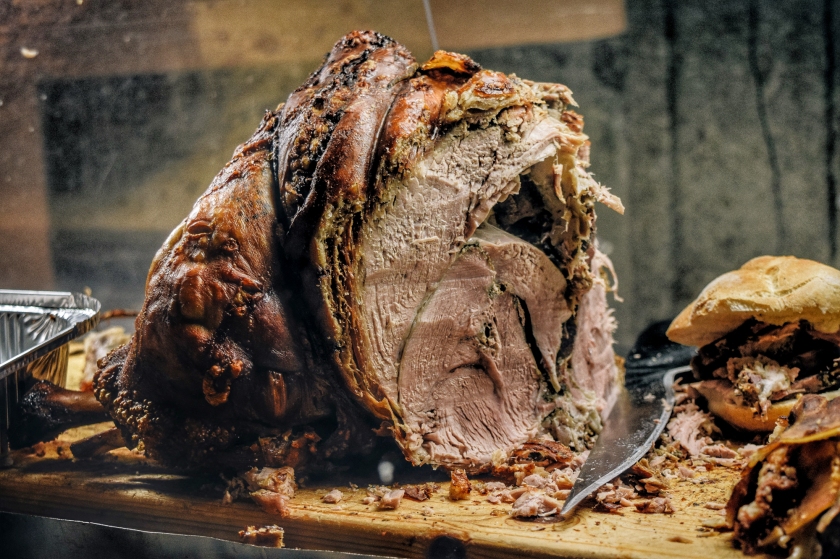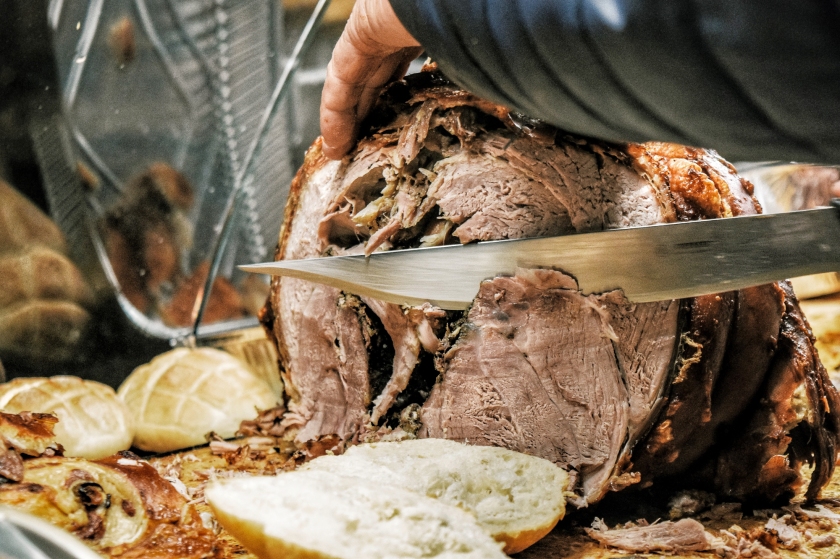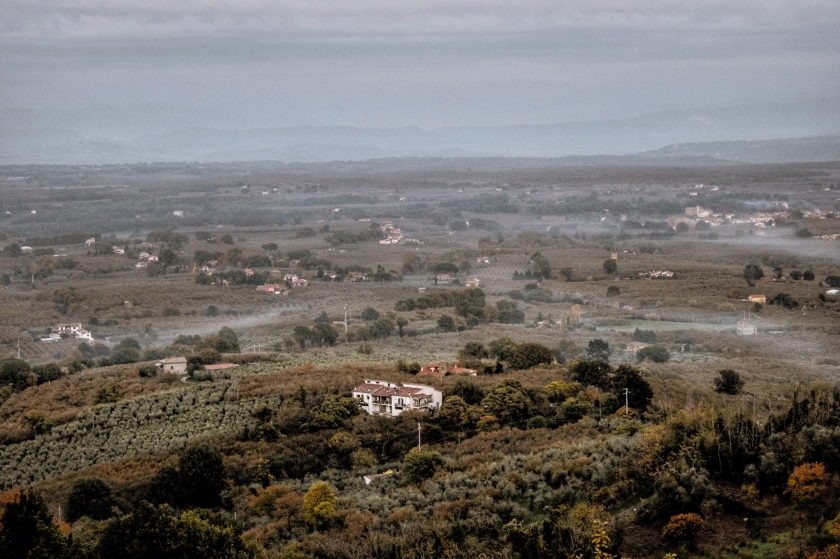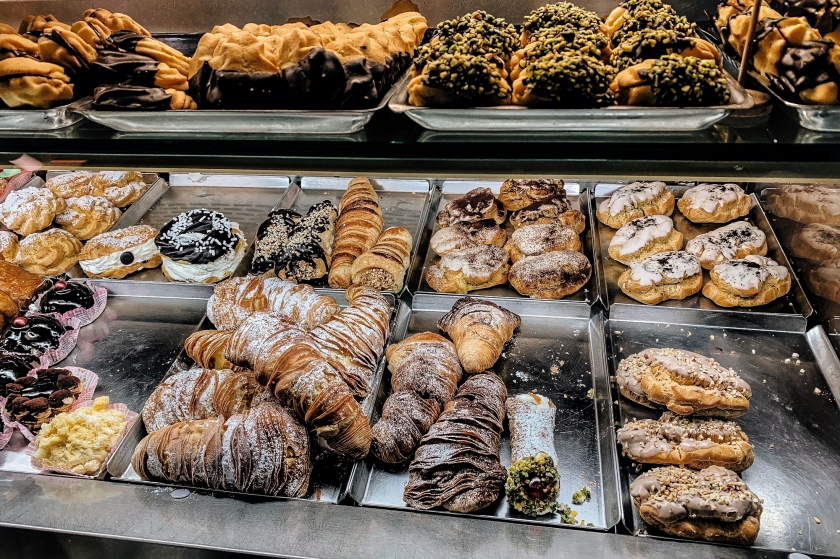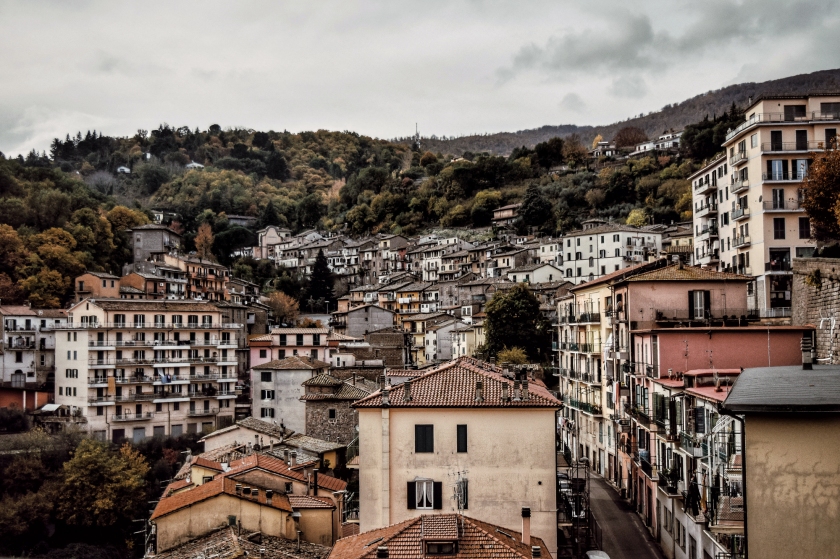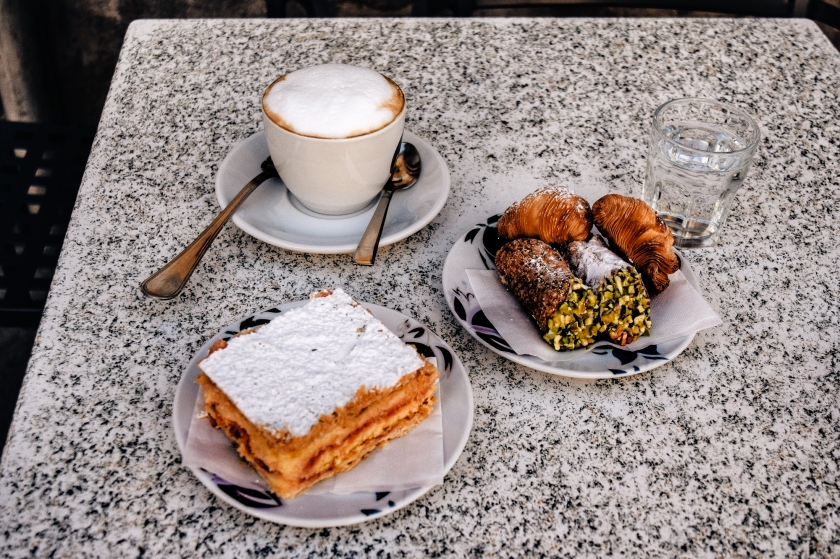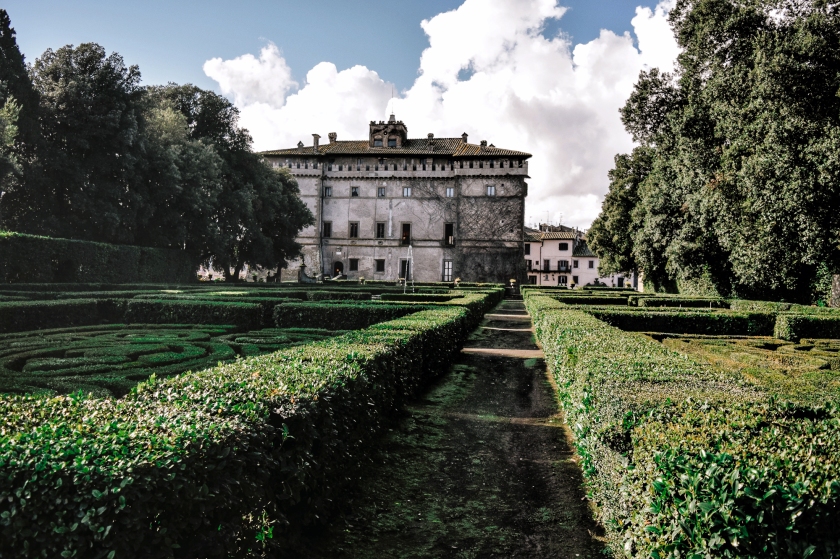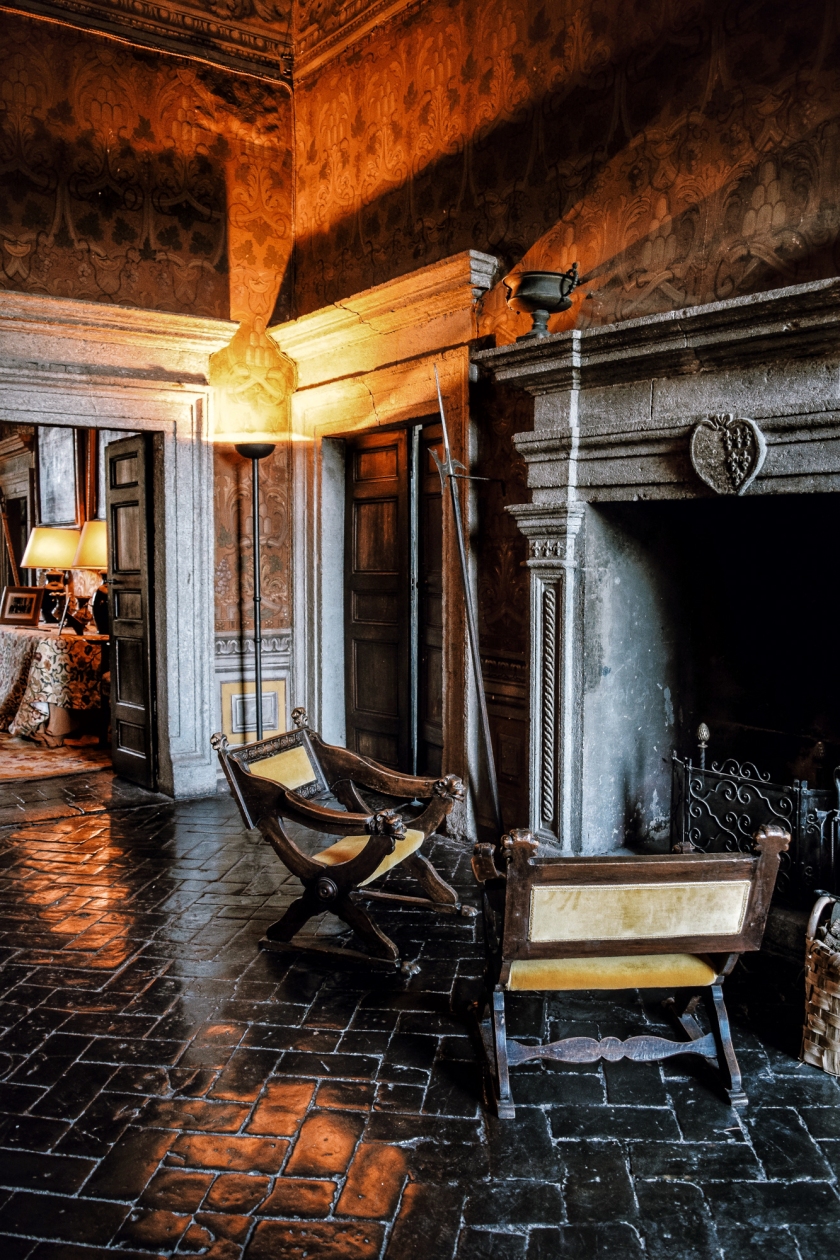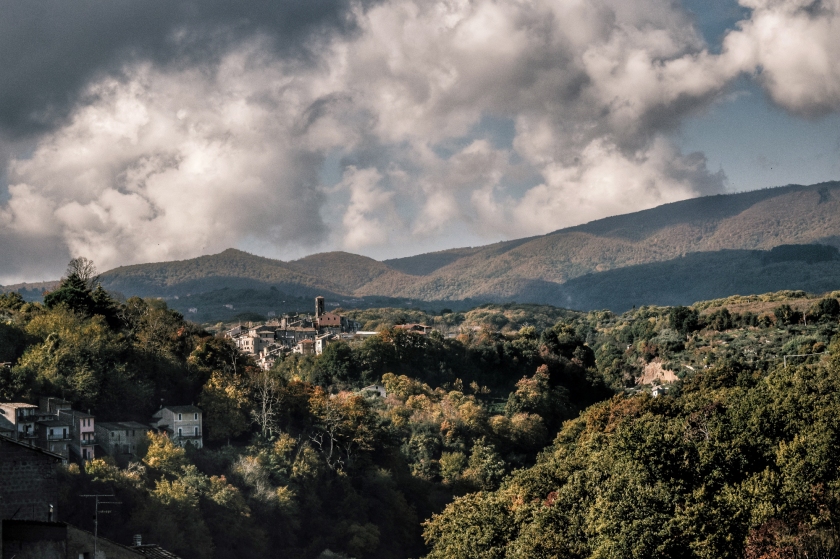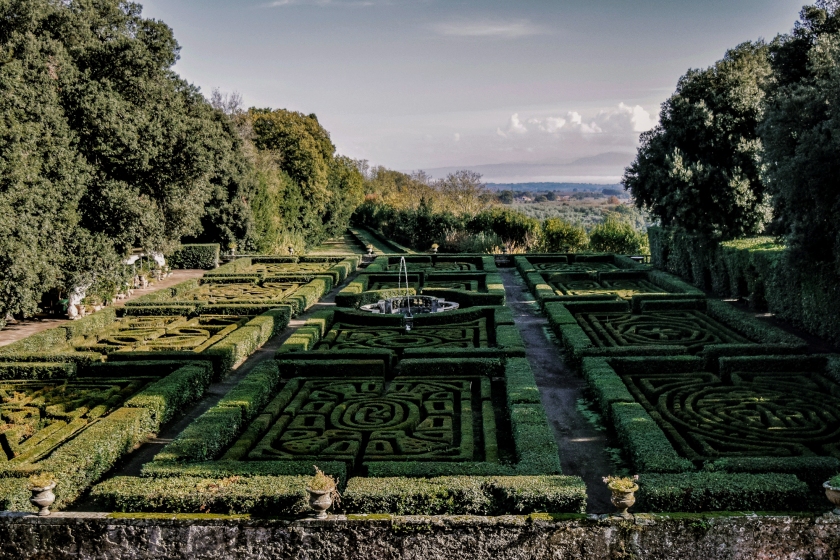I once heard a memorable saying in Lyon. At work you do what you have to, in bed you do what you can, and on the table you do what you must. Since then, I know that food and dining is everything in Lyon.
Paris and Lyon have always been the two great French cities. Forever rivals vying for the title of the food capital of France. To me, Paris will have the most beautiful, decadent restaurants. Chandeliers in the dining hall, caviar on potatoes, champagne flowing into crystal… But Lyon will always be the most delectable city, the one with everything that characterises French cooking.

LE BOUCHON
The most delicious meals in Lyon always, always begins and ends in a bouchon. This dining institution is heavily guarded by the community as it preserves the most quintessential Lyonnaise dishes. In Le Vieux, there is a very large painting that stretches from end to end. As I sit opposite Roy while the waitress huffs in and out of the kitchen carrying armfuls of plates overflowing with frites, I stare wide-eyed at the painting of gourmands eating at a dining table. There’s meat, sausages, cheese and jugs of wine. It’s a picture of revelry in eating. I can think of no better painting for this bouchon where we spent the hours enjoying saucisson lyonnais, pork tenderloin and tarte aux pralines with chantilly cream.
The bouchon can be a very addictive experience, and so we are off to another the next night. That Lyonnaise saying about eating in Lyon came from Yoann, the owner of La Tete de Lard. Like every other bouchons on Saturday, dinner at La Tete de Lard is fully booked. It seems like Saturday is bouchon day for the Lyonnaise. There is no menu. Yoann likes to do his rounds in the restaurant sharing with people what’s on the menu that day, and a laugh or two. “For the mains, we have tete de veau, the pork head. Andouille, wrapped pork tripe. Quenelle, something like a pike fish souffle. Then there is the steak… But you didn’t come to Lyon to have a steak!” Yoann declares. No, we did not.
We feel so pampered by the meal that followed – a steady procession of roasted bone marrow dusted with fleur de sel, eggs poached in red wine sauce, quenelle, pork neck and mushrooms in cream sauce, pears poached in red wine, baba au rhum. It’s true what they say. In Lyon, you eat and you eat. We ate until we are beyond satisfied, without a care for any sort of decorum. Yoann comes over and eyes the remaining gratin dauphinois left on the table. He cocks an eyebrows and shakes his head, saying “Hmmmm why is this still here? Come! Let me help you!” With that, he splits the french potatoes on our plates. We are defeated. Everything on our table was emptied by the end of the night. Even as we left the bouchon that night, more people are streaming in. The laughter and chatter never end at a bouchon.










LYON
Everywhere we go in Lyon, we see churches and buildings that are the stuff fairytales are made of. There is the La Basilique Notre Dame de Fourvière, the Église Saint-Nizier de Lyon, the Eglise Saint Georges, the Église Saint-bruno-lès-chartreux. Along the Saône River, Romanesque, Gothic and French Renaissance architecture shimmer in the warm light. In the old town, crepe stands are set up and everyone wants theirs with nutella. At Le Sirop de la Rue, Frederic is handing out cups of sweet wine and saucisson cuts to anyone who dares venture into his tiny shop. Inside, we are surrounded by jars of jam, foie gras and rillettes. As we head off into the night, the street lights still twinkle for Lyon.








CHATEAU DE LA CHAIZE
When we drive out of Lyon in the Auvergne-Rhône-Alpes region, fields and fields of vines and chateaus pass us by. It is through these fields that we come to the doorsteps of Château de la Chaize. The garden looks like a Monet painting and the château is dressed in the most beautiful coat of paint. “The owner likes to preserve old things,” Annaëlle tells us as we breathe in the smell of oak in the 18th century cellar where the Beaujolais is created. In a bouchon, there is only ever the Beaujolais. The Beaujolais comes in different crus – Moulin-à-Vent, Morgon, Fleurie, Juliénas, Saint Amour, Côte de Brouilly, Brouilly, Chiroubles, Régnié, Chénas. They are the many iterations of a single Gamay grape. “That’s the best thing about the Beaujolais,” Annaëlle says in quiet awe. The château has the Côte de Brouilly, Brouilly, Fleurie and Morgon. My personal favourite is the Fleurie. Annaëlle gives me a knowing look and sighs, “Very delicate and feminine. Women really like this wine.” So much so that she forgoes the food and wine pairing rules and reaches for the Fleurie for any dish.










AU BON CRU
Before going to France, I find myself chasing the French countryside dream. This dream is one of French country-style furnishings, a more than 40-year-old bistro and plates of butter and bread. That dream became a meal at Au Bon Cru. Our first encounter with Au Bon Cru was a fully-booked lunch. We arrived close to two in the afternoon, thinking that the first seating might just be finished and we could savour a delicious meal. A silver-haired lady, Bernadette, looked stunned when I strolled in and she said, “Nous sommes complets.” She continued speaking in French and I knew nothing of the language. That was when Patrick, who has been at Au Bon Cru for decades, told me, “We’re full” as he carries plates of coq au vin to the tables in a flurry. French restaurants in the country rarely have more than one seating. Such is the joie de vivre in France. We looked around in envy as everyone had their food and wine. So we wasted no time in making a reservation for another day. Two weeks later, the plates of coq au vin are sent to our table at Au Bon Cru. Andre is making cake for dessert as he takes a swig from the wine bottle. His brother, Christophe, is helming everything else. Every now and then, guests who had just arrived would go to the kitchen and hug Andre before engaging in idle chitchat. It’s the weekend of Armistice Day. Every table is full, once again. Right there, we savour the Burgundy classic that has been replicated all over the world in the midst of Andre and Christophe’s friends and loved ones. French country cooking has never felt more special.


















































